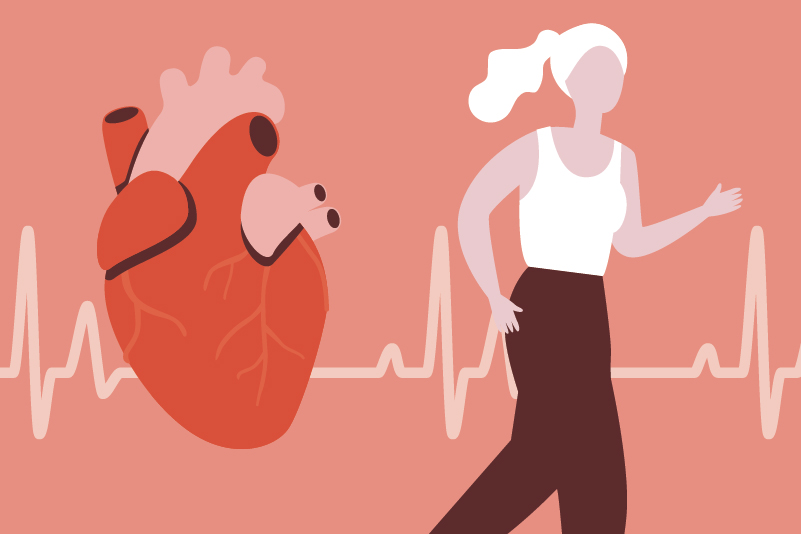#218 CPAP—Breath of life, or just hot air?

Reading Tools for Practice Article can earn you MainPro+ Credits
Join NowAlready a CFPCLearn Member? Log in
- Three meta-analyses of randomized controlled trials (RCTs).1,2,3 Patients were predominantly male, mean age >60 years, with moderate-to-severe obstructive sleep apnea.
- No statistical different in CPAP versus standard care or sham:
- CVD:1-3 7% CPAP versus 8% control (seven trials, 4,562 patients).1
- Cardiovascular death:1,2 9% CPAP versus 8% control (seven trials, 5,476 patients).1
- Acute coronary syndrome:1,2 3% CPAP versus 3% control (seven trials, 4,562 patients).1
- Stroke:1-3 4% CPAP versus 4% control (six trials, 4,171 patients).1
- Post-hoc analysis did not identify any significant relationship between CPAP and CVD regardless of apnea severity, length of follow-up, or adherence.1
- Limitations: Included studies somewhat heterogeneous with inclusion of central apnea patients in some outcomes, differences in length of follow-up (2-68 months), and adherence to CPAP (1.4-5.8 hours/night at one year).
- No statistical different in CPAP versus standard care or sham:
- Obstructive sleep apnea is associated with increased risk of CVD and mortality.4,5
- CPAP modestly improves daytime sleepiness by 1.6-3.8 on a 24-point scale, which is likely clinically detectable.6-10
- CPAP is associated with modest improvements in quality of life measures (example ~3.3-9.7 improvement on a 100-point scale)11 with uncertain clinical relevance.
- CPAP significantly decreases blood pressure (mean reduction 2.5 mmHg systolic and 2 mmHg diastolic).12
- Observational data suggests that CPAP use significantly reduces motor vehicle accidents.13 A large RCT (2,717 patients) reports a non-statistically significant trend towards injury reduction (7.4% versus 8.8%, p = 0.06).14















This is very interesting.
I am very surprised by lack of statistical correlation. A few of my patients have refused CPap and done well with good sleep hygiene ,weight reduction and stopping alcohol in evening.
Same theme as many of these articles.Canadian guide lines seem to be running there own coarse oblivious of statistical data